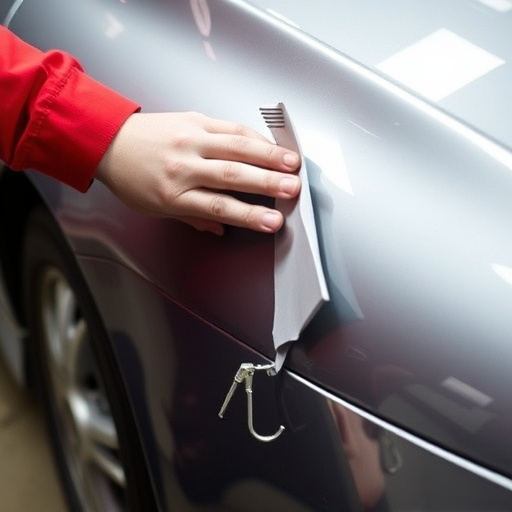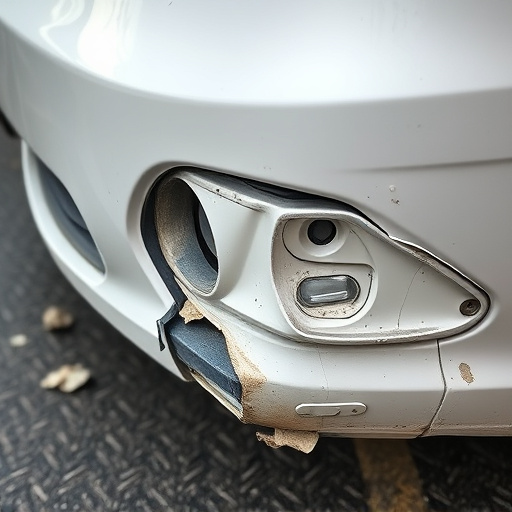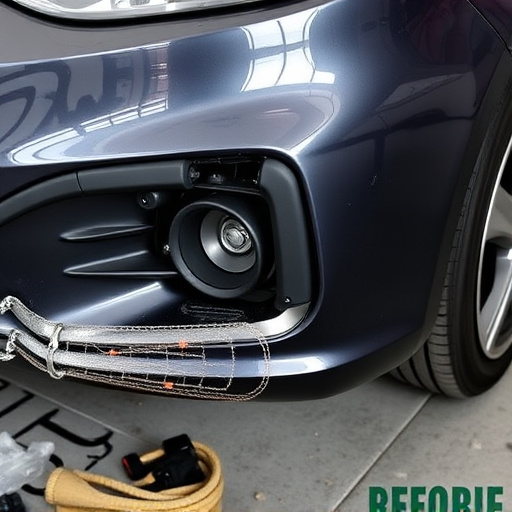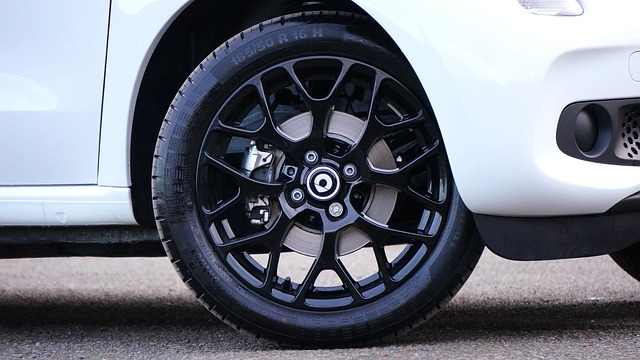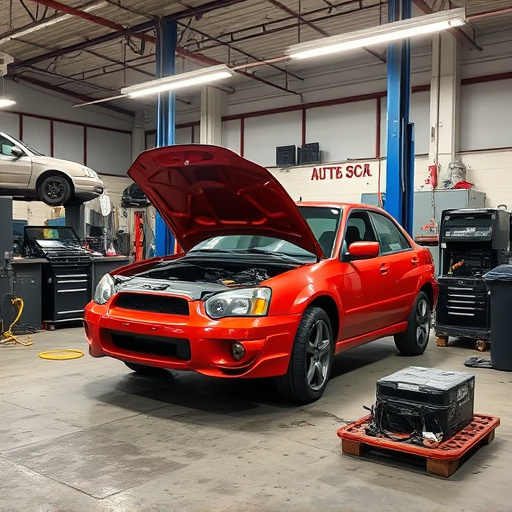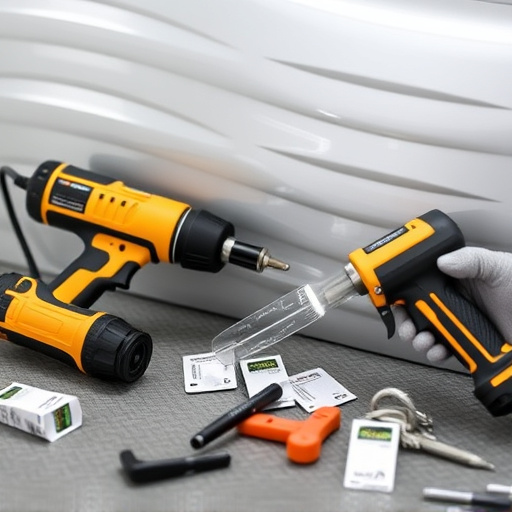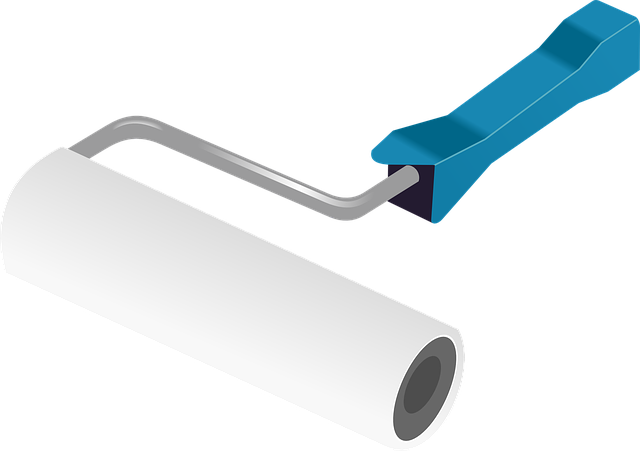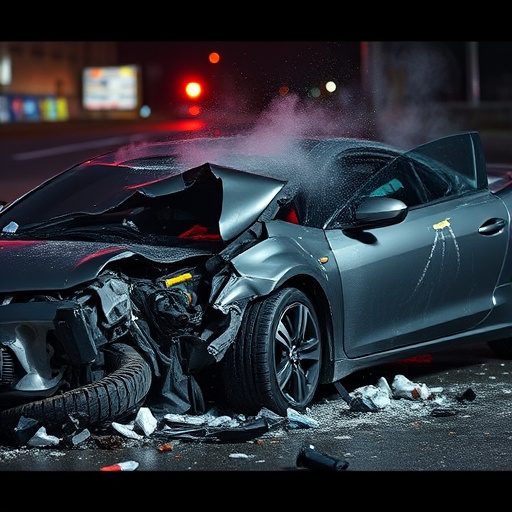The Mercedes Rollover Protection System (RPS) is a safety mechanism using sensors, airbags, and structural modifications to protect occupants in rollovers. Repairing RPS requires understanding the interplay between airbags and vehicle stability, precise airbag replacements, and resetting the system's computer for optimal performance adhering to Mercedes' safety standards. Resetting after repairs ensures superior collision protection and restored structural integrity, including auto glass replacement.
Mercedes vehicles are renowned for their advanced safety features, including the innovative Rollover Protection System (RPS). However, after airbags are deployed due to an accident, it’s crucial to understand how this system might be affected. This article delves into the intricacies of the Mercedes RPS, explaining how repairs to the airbag system could influence its effectiveness and providing a step-by-step guide for resetting it to ensure optimal rollover protection.
- Understanding Mercedes Rollover Protection System
- Airbag Repairs and Their Impact on Rollover Safety
- Resetting: A Step-by-Step Guide for Optimal Protection
Understanding Mercedes Rollover Protection System

The Mercedes Rollover Protection System (RPS) is a sophisticated safety feature designed to safeguard occupants in the event of a roll-over accident. This innovative system uses a network of sensors, airbags, and structural enhancements to minimize the risk of serious injuries. When a potential rollover is detected, the RPS swiftly deploys specific airbags tailored for this scenario, inflating at precise times and locations to absorb impact forces. The system also works in conjunction with Mercedes’ robust chassis design, incorporating reinforced barriers and structural elements to further protect passengers.
For auto repair shop owners specializing in luxury vehicle repair, understanding the intricacies of the Mercedes RPS is crucial. When conducting repairs on a Mercedes after an airbag deployment or replacement, it’s imperative to reset the RPS to ensure its optimal performance. This process involves calibrating sensors and re-initializing the system’s computer, guaranteeing that every component functions in harmony for maximum passenger safety. An automotive restoration expert can perform these tasks accurately, ensuring the vehicle meets Mercedes’ stringent safety standards after repairs.
Airbag Repairs and Their Impact on Rollover Safety
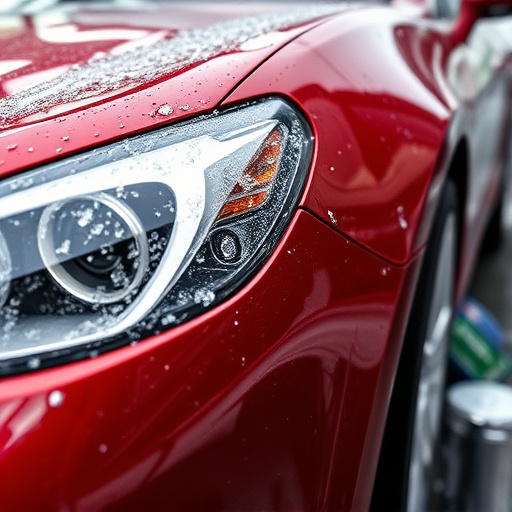
When conducting Mercedes rollover protection system repairs, it’s crucial to understand the intricate relationship between airbags and overall vehicle stability. Airbag systems are designed to protect occupants during collisions, but their effectiveness is just one aspect of a comprehensive safety strategy. In the event of an accident, airbags deploy at high speeds, and while this can significantly reduce impact forces, it also introduces complex dynamics that could potentially contribute to rollover risks if not properly addressed.
Autobody repairs involving airbag systems require precision and adherence to strict safety standards. Auto glass replacement is another critical component, as shattered windows can compromise structural integrity. Reputable vehicle repair services understand the importance of these interconnected systems in ensuring driver and passenger safety. By expertly handling both airbag replacements and Mercedes rollover protection system servicing, auto body experts contribute to restoring a vehicle’s overall safety profile, making it safer for the road.
Resetting: A Step-by-Step Guide for Optimal Protection

Resetting the Mercedes rollover protection system is a crucial step after any airbag system repairs or replacements. It ensures that all safety mechanisms function optimally and provide the best possible protection for future vehicle collisions. Here’s a detailed, step-by-step guide to help you through this process.
First, locate the control unit responsible for the rollover protection system, usually found in the vehicle’s engine compartment. Next, disconnect the battery negative cable temporarily to interrupt power supply to the system. This safety measure prevents any unexpected activation during reset. After ensuring proper ventilation due to potential chemical fumes from recent airbag repairs or dent repair work, proceed to input the specific reset sequence as per the Mercedes-Benz service manual. This might involve a series of button presses or connecting a diagnostic tool for car paint repair and system recalibration. Once complete, reconnect the battery cable and allow the system to initialize itself before testing its functionality in simulated rollover scenarios, ensuring it’s ready to respond effectively during actual vehicle collision repairs.
After repairing your Mercedes’ airbag system, resetting the vehicle’s Rollover Protection System (RPS) is a crucial step in ensuring optimal passenger safety. Understanding the interplay between these systems is key to maintaining the RPS’s effectiveness. By following the provided step-by-step guide, you can confidently restore the RPS to its full capabilities, guaranteeing enhanced rollover protection for every journey.
